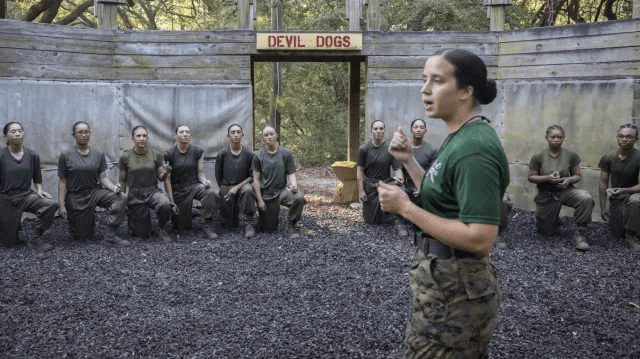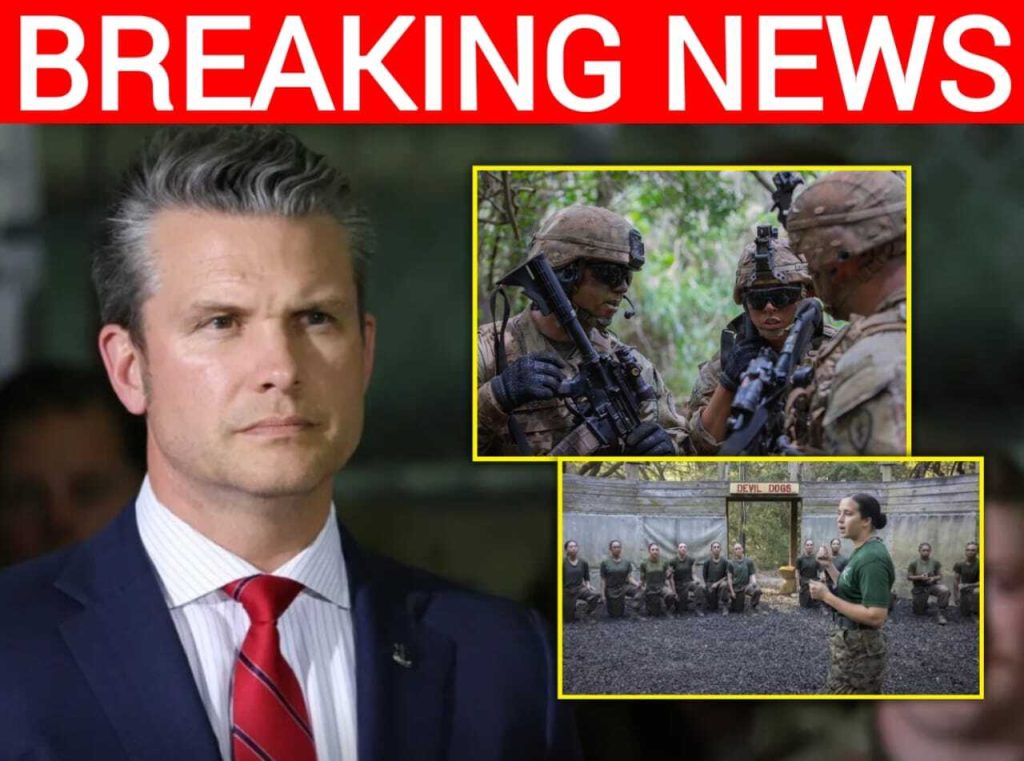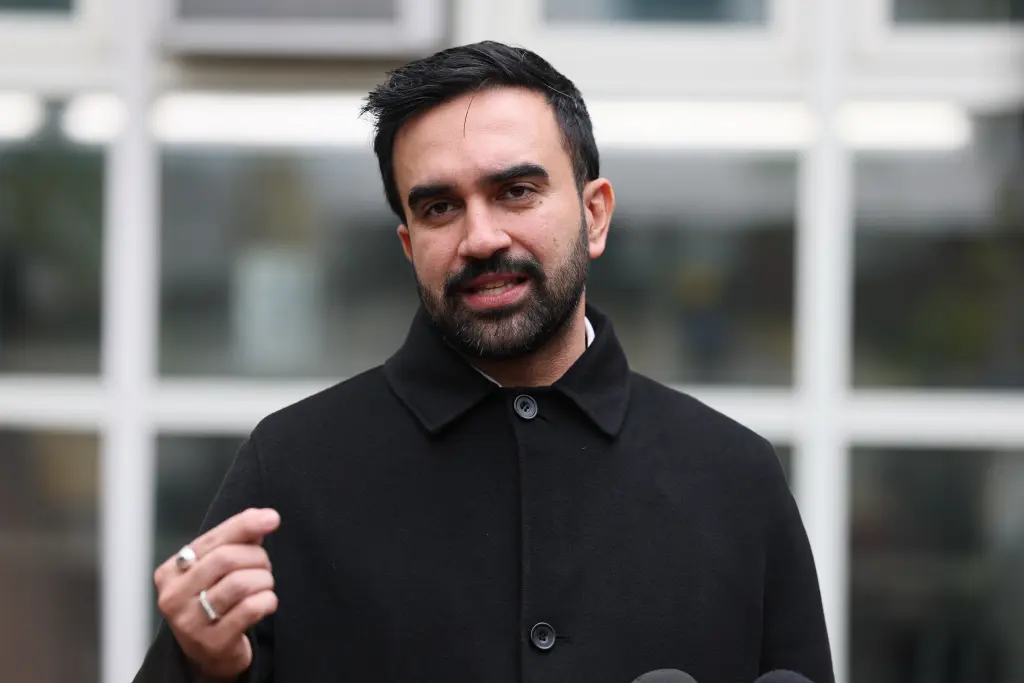Secretary of Defense Pete Hegseth Announces Major Policy Shift, Returning U.S. Military Combat Roles to Male-Only Standards and Tougher Fitness Tests
In a decision that is already sparking intense debate across the country, Secretary of Defense Pete Hegseth has announced a dramatic shift in U.S. military policy by reinstating male-only standards for combat roles. Speaking at a high-profile event in Quantico, Virginia, Hegseth declared that every requirement for combat Military Occupational Specialties (MOS) must now meet the highest male standard only, a move he framed as essential for maintaining strength, readiness, and effectiveness in life-or-death combat situations.

The announcement signals a clear break from recent years, when the U.S. military under previous administrations had focused on inclusivity and expanding opportunities across gender lines. By making this change, Hegseth argued that the goal was not exclusion, but rather a return to what he described as the uncompromising toughness required on the battlefield. “Each service will ensure that every requirement for every Combat MOS, for every designated combat arms position, returns to the highest male standard only,” he stated firmly. His words reflected not just a policy change, but also an emphasis on traditional military expectations.
The new directive goes beyond just reinstating tougher fitness benchmarks. Hegseth also revealed that a brand-new combat field test will be rolled out across combat arms units, designed to simulate the kinds of conditions soldiers might face in real deployments. This test will be required in any environment, at any time, while wearing combat equipment. He noted that the structure of the test will resemble familiar formats such as the Army Expert Physical Fitness Assessment or the Marine Corps Combat Fitness Test, but with adjustments to ensure maximum challenge. According to Hegseth, the standard will be gender-neutral in administration but scored to align with the male benchmark, requiring participants to achieve above a 70 percent threshold.

The implications of this decision are far-reaching. For one, it reopens a debate that has stretched across decades about the role of women in combat and how standards should be applied. Critics are expected to argue that this change undermines years of work to make the armed forces more inclusive, especially since studies like those from RAND and the Department of Defense in past years pointed to progress in diversity and recruitment. Advocates, however, will likely view this as a much-needed course correction to prioritize mission effectiveness above all else. Hegseth and his supporters argue that in combat, there can be no compromise, and lowering standards for the sake of inclusion could risk lives.

This shift also reflects the broader vision of the Trump administration, which has repeatedly sought to roll back policies implemented under President Biden and earlier, particularly those aimed at expanding social or cultural reforms within the military. From religious expression on bases to combat readiness programs, the pattern has been to emphasize tradition, strength, and discipline over inclusivity. By restoring male-only standards in combat, Hegseth has aligned defense policy with that broader theme of returning to “core values.”

The long-term effects of this policy will not be clear for some time. It could potentially impact recruitment, retention, and the morale of service members who have benefited from reforms in recent years. At the same time, it may strengthen the confidence of those who believe the military had veered too far into social experimentation at the cost of raw combat power. What is certain is that this announcement will not go unnoticed, and debates around military readiness, diversity, and fairness are bound to intensify in the months ahead.
For now, Hegseth has made his position clear: the U.S. military’s combat roles will once again demand the highest possible male standards, no exceptions. And with that, the conversation about the future of America’s fighting force has taken a sharp turn back to tradition.



